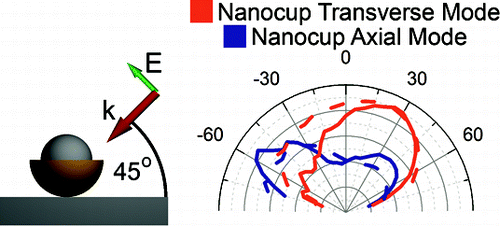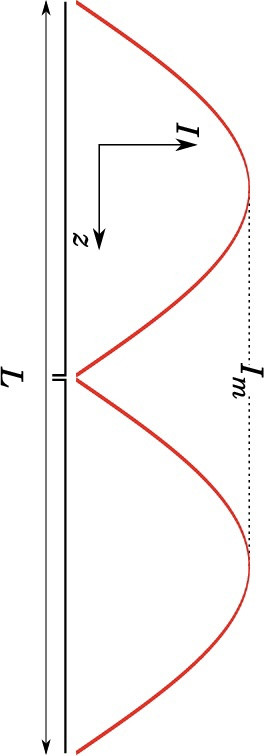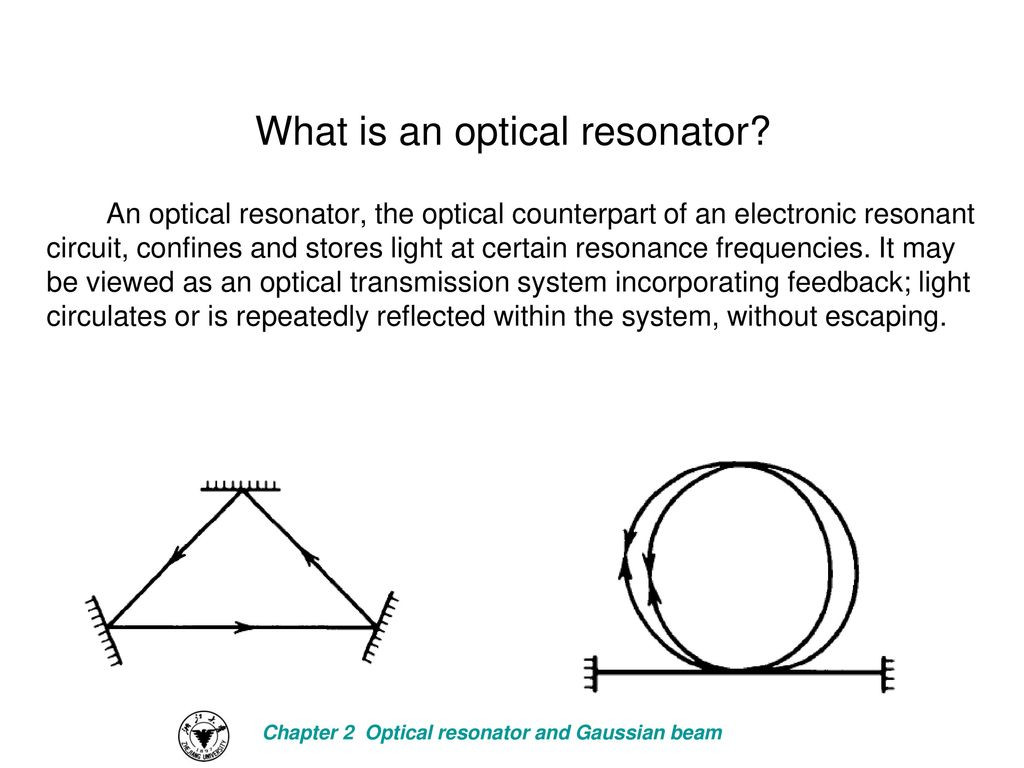The Mac
@TheMac
20 July, 10:34
As optical frequency nanoantennas, reduced-symmetry plasmonic nanoparticles have light-scattering properties that depend strongly on geometry, orientation, and variations in dielectric environment. Here we investigate how these factors influence the spectral and angular dependence of light scattered by Au nanocups. A simple dielectric substrate causes the axial, electric dipole mode of the nanocup to deviate substantially from its characteristic cos2 θ free space scattering profile, while the transverse, magnetic dipole mode remains remarkably insensitive to the presence of the substrate. Nanoscale irregularities of the nanocup rim and the local substrate permittivity have a surprisingly large effect on the spectral- and angle-dependent light-scattering properties of these structures.
Notice: Undefined index: tg1tga_access in /home/admin/www/anonup.com/themes/default/apps/timeline/post.phtml on line 396
The Mac
@TheMac
20 July, 10:36
In response The Mac to his Publication
Notice: Undefined index: tg1tga_access in /home/admin/www/anonup.com/themes/default/apps/timeline/post.phtml on line 396
Paul Robb
@Keeperoffools3
20 July, 10:40
In response The Mac to his Publication
Terrorist
Notice: Undefined index: tg1tga_access in /home/admin/www/anonup.com/themes/default/apps/timeline/post.phtml on line 396
The Mac
@TheMac
21 July, 05:34
In response Paul Robb to his Publication
Bioterrorist.
Notice: Undefined index: tg1tga_access in /home/admin/www/anonup.com/themes/default/apps/timeline/post.phtml on line 396
The Mac
@TheMac
21 July, 05:35
In response The Mac to his Publication
B
1 0
1 0
Notice: Undefined index: tg1tga_access in /home/admin/www/anonup.com/themes/default/apps/timeline/post.phtml on line 396
The Mac
@TheMac
21 July, 05:38
In response The Mac to his Publication
Notice: Undefined index: tg1tga_access in /home/admin/www/anonup.com/themes/default/apps/timeline/post.phtml on line 396
The Mac
@TheMac
21 July, 05:39
In response The Mac to his Publication
Notice: Undefined index: tg1tga_access in /home/admin/www/anonup.com/themes/default/apps/timeline/post.phtml on line 396
The Mac
@TheMac
21 July, 05:42
In response The Mac to his Publication
Notice: Undefined index: tg1tga_access in /home/admin/www/anonup.com/themes/default/apps/timeline/post.phtml on line 396
The Mac
@TheMac
21 July, 05:44
In response The Mac to his Publication
Quantum networks would connect quantum computers through a system that also operates at a quantum, rather than classical, level. In theory, quantum computers will one day be able to perform certain functions faster than classical computers by taking advantage of the special properties of quantum mechanics, including superposition, which allows quantum bits to store information as a 1 and a 0 simultaneously.
As they can with classical computers, engineers would like to be able to connect multiple quantum computers to share data and work together -- creating a "quantum internet." This would open the door to several applications, including solving computations that are too large to be handled by a single quantum computer and establishing unbreakably secure communications using quantum cryptography.
As they can with classical computers, engineers would like to be able to connect multiple quantum computers to share data and work together -- creating a "quantum internet." This would open the door to several applications, including solving computations that are too large to be handled by a single quantum computer and establishing unbreakably secure communications using quantum cryptography.
Notice: Undefined index: tg1tga_access in /home/admin/www/anonup.com/themes/default/apps/timeline/post.phtml on line 396
In order to work, a quantum network needs to be able to transmit information between two points without altering the quantum properties of the information being transmitted. One current model works like this: a single atom or ion acts as a quantum bit (or "qubit") storing information via one if its quantum properties, such as spin. To read that information and transmit it elsewhere, the atom is excited with a pulse of light, causing it to emit a photon whose spin is entangled with the spin of the atom. The photon can then transmit the information entangled with the atom over a long distance via fiber optic cable.
05:46 AM - Jul 21, 2021
In response The Mac to his Publication
Only people mentioned by TheMac in this post can reply
The Mac
@TheMac
21 July, 05:47
In response The Mac to his Publication
It is harder than it sounds, however. Finding atoms that you can control and measure, and that also aren't too sensitive to magnetic or electric field fluctuations that cause errors, or decoherence, is challenging.
"Solid-state emitters that interact well with light often fall victim to decoherence; that is, they stop storing information in a way that's useful from the prospective of quantum engineering," says Jon Kindem (MS '17, PhD '19), lead author of the Nature paper. Meanwhile, atoms of rare-earth elements -- which have properties that make the elements useful as qubits -- tend to interact poorly with light.
"Solid-state emitters that interact well with light often fall victim to decoherence; that is, they stop storing information in a way that's useful from the prospective of quantum engineering," says Jon Kindem (MS '17, PhD '19), lead author of the Nature paper. Meanwhile, atoms of rare-earth elements -- which have properties that make the elements useful as qubits -- tend to interact poorly with light.
Notice: Undefined index: tg1tga_access in /home/admin/www/anonup.com/themes/default/apps/timeline/post.phtml on line 396
The Mac
@TheMac
21 July, 05:48
In response The Mac to his Publication
To overcome this challenge, researchers led by Caltech's Andrei Faraon (BS '04), professor of applied physics and electrical engineering, constructed a nanophotonic cavity, a beam that is about 10 microns in length with periodic nano-patterning, sculpted from a piece of crystal. They then identified a rare-earth ytterbium ion in the center of the beam. The optical cavity allows them to bounce light back and forth down the beam multiple times until it is finally absorbed by the ion.
In the Nature paper, the team showed that the cavity modifies the environment of the ion such that whenever it emits a photon, more than 99 percent of the time that photon remains in the cavity, where scientists can then efficiently collect and detect that photon to measure the state of the ion. This results in an increase in the rate at which the ion can emit photons, improving the overall effectiveness of the system.
In the Nature paper, the team showed that the cavity modifies the environment of the ion such that whenever it emits a photon, more than 99 percent of the time that photon remains in the cavity, where scientists can then efficiently collect and detect that photon to measure the state of the ion. This results in an increase in the rate at which the ion can emit photons, improving the overall effectiveness of the system.
Notice: Undefined index: tg1tga_access in /home/admin/www/anonup.com/themes/default/apps/timeline/post.phtml on line 396





